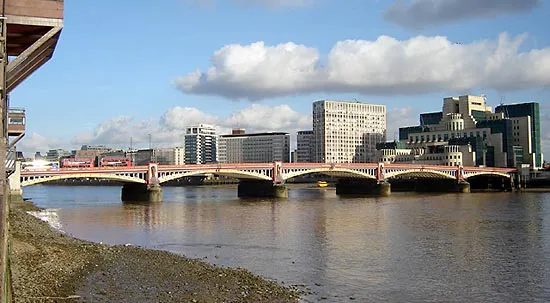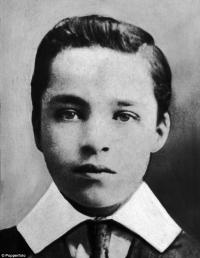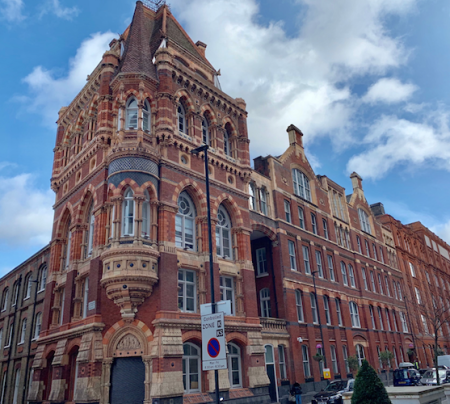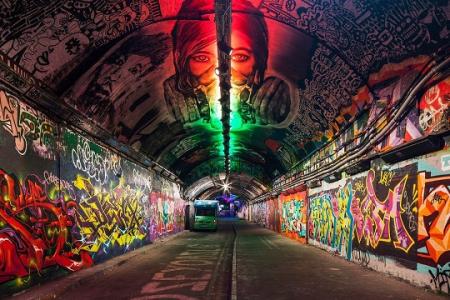
Thursday 12th September 2024
(booking 20th June 2024)
Andrew Davies
Report on our Andrew Davies' Walking Tour of Lambeth:
A well-attended TASH Day Visit to London on Thursday 12th September 2024 saw us “Doing the Lambeth Walk” in the company of our guide Andrew Davies. Lambeth is situated across the River Thames from the Houses of Parliament and our walking tour explored its history and many contrasts: Georgian and Victorian terraces side-by-side with 60’s brutalism; quiet parks and bustling markets; Lambeth Palace (home of the Archbishop of Canterbury) next to the Lambeth Workhouse where Charlie Chaplin lived as a child; the old Royal Doulton Factory, a stone’s throw from “Graffiti Tunnel”; flying the flag for London’s street art scene; St Thomas’s hospital next door to the National Covid Memorial Wall. The clouds lowered but it never rained. A great day out.

Lambeth Bridge
'Doing the Lambeth Walk’. A fascinating walk through this part of our majestic capital city, London, in which Andrew will show us Museums, Georgian Squares, Archbishop's Park, Street Markets, Doulton's Pottery, a Cathedral, Charlie Chaplin and Lupino Lane, Graffiti Tunnel and the River Thames - a cornucopia of delights. An unmissable day out to complete our visits for 2024.
Henry William Gorge Lupino: Under the stage name of Lupino Lane, he became a well-known cockney comedian and toured extensively in variety, musical comedy, and pantomime. In 1937 he scored a tremendous success as Bill Snibson in the British musical Me and My Girl, in which he created the “Lambeth walk,” a ballroom dance…
 The Lambeth Workhouse was where Charlie Chaplin lived as a child when his mother
The Lambeth Workhouse was where Charlie Chaplin lived as a child when his mother faced destitution. Lambeth pubs where Charlie Chaplin’s father performed as a Music Hall Entertainer until his decline into alcoholism, the workhouse where Charlie was separated from his mother when she fell on hard times and became unable to care for him. The school Charlie Chaplin attended, the agonies of being kitted out in cut down versions of his mother’s stage costumes and we see the very same buildings on the very same street corners where Chaplin loitered and did his best to pass the time of day when he had nowhere else to go. Charlie’s beleaguered family was obliged to move from place to place, in each we see sights and hear stories that were to come to back to life on the silver screen. Lambeth was Charlie’s great inspiration and the look and feel of Lambeth’s streets and landmarks appear again and again in his films. Charlie Chaplin’s first love, we are astonished how much the actresses he cast in his films remind us of his mother.
faced destitution. Lambeth pubs where Charlie Chaplin’s father performed as a Music Hall Entertainer until his decline into alcoholism, the workhouse where Charlie was separated from his mother when she fell on hard times and became unable to care for him. The school Charlie Chaplin attended, the agonies of being kitted out in cut down versions of his mother’s stage costumes and we see the very same buildings on the very same street corners where Chaplin loitered and did his best to pass the time of day when he had nowhere else to go. Charlie’s beleaguered family was obliged to move from place to place, in each we see sights and hear stories that were to come to back to life on the silver screen. Lambeth was Charlie’s great inspiration and the look and feel of Lambeth’s streets and landmarks appear again and again in his films. Charlie Chaplin’s first love, we are astonished how much the actresses he cast in his films remind us of his mother.(Please click on blue print above to continue reading)

Archbishop's Park
Archbishop’s Park sits on what was once part of Lambeth Palace, the London home of the Archbishop of Canterbury. In the 19th Century part of the Palace grounds were set aside for use by local people for sports and recreation, and it was opened as a public park in 1901.

The Lambeth Roots of Royal Doulton
Royal Doulton: In 1815 John Doulton invested his life savings £100 in a small London pottery operation. From the maker of storage jars and ceramic sewage pipes grew a leader in design-driven technically innovative manufacture of fine tablewear. Earning two royal warrants he innovated new materials and glazing techniques and collaborated with artists and designers many of them women.

Leake Street Graffiti Tunnel
Graffiti Tunnel - What makes the graffiti tunnel in London so special. Leake Street Tunnel wasn’t always a legal wall. Before 2008 it was just a dank and grimy tunnel beneath Waterloo Station. That all changed when British street art superstar Banksy decided to hold a street art festival called Cans Festival in the tunnel. Banksy invited the biggest and brightest names on the international street art scene to come down and put up a piece of work in the tunnel. And that was it – Leake Street was no longer dank and grimy, but instead a bold and colourful place where artists could showcase their work. Since then, Leake Street graffiti tunnel has been flying the flag for the London street art scene.
